I remember the first time I bought seeds for my garden. They were tomatoes, and the packet read “75 days to maturity.”
Great! I thought. If I start my tomato seeds in March, I’ll be picking tomatoes by May.
So imagine my confusion when the first tomatoes weren’t ready for harvest until the end of June—and this was in a Southern California garden that received ample warmth and sunshine.
It had me looking more closely at other dates of maturity on my seed packets: 80 days for melons, 65 days for cucumbers, 90 days for sweet peppers, 100 days for winter squash.
Sometimes the numbers were off by several weeks, and sometimes they were right on point (give or take a few days).
Why the discrepancies? And why did it seem like most major seed companies printed the “wrong” figures on their packets?
There is no simple answer to the mystery that is “days to maturity” or “days to harvest,” common terms that are used interchangeably in the gardening world.
If you’ve been puzzled by this very thing, here’s what you need to know about those numbers.
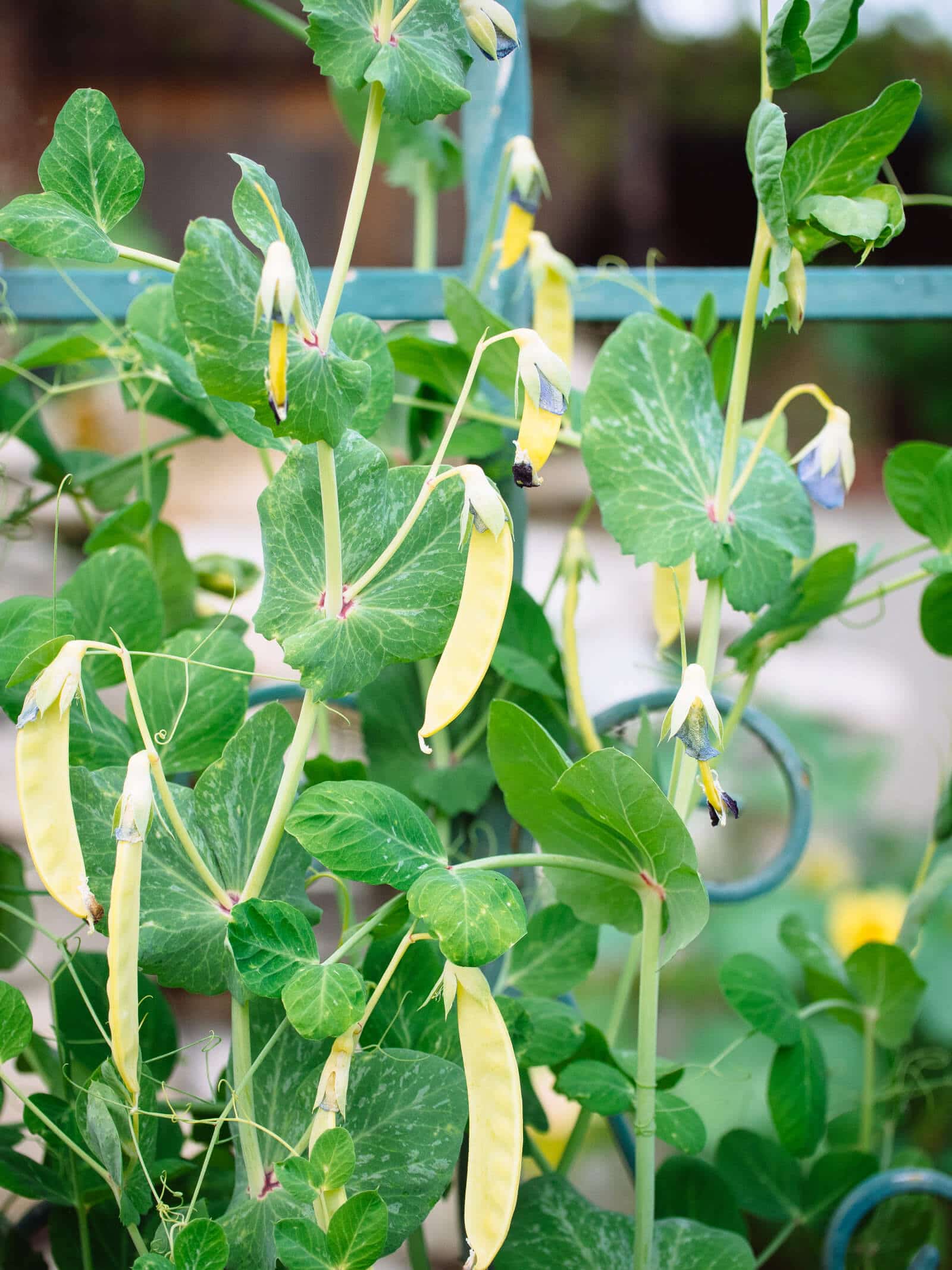
First, what does maturity mean?
Plant maturity is a term used with annual flowers and vegetables to indicate when the plants flower or set fruit. When it comes to vegetables, however, maturity is not so well defined.
It is generally accepted that maturity is the point in which you can start picking vegetables, whether they’re ripened fruits (like tomatoes and eggplants), fully-formed but still tightly-closed flower buds (like broccoli and artichokes), or full-sized roots (like beets and radishes).
It’s when beans and peas are at their optimal size, flavor, and texture for eating.
It’s also the point in which leafy greens (like bok choy and cabbage) are full grown and have formed a head or rosette.
However, keep in mind that many vegetables can be picked at various stages, so maturity, in these cases, can span a range of up to three months depending on when you consider the crop to be ready for harvest.
Related: 10 Fast-Growing Vegetables You Can Harvest in 40 Days or Less
You can harvest tender baby carrots at 3 inches long, or wait until they’re 8 inches long.
Palm-sized zucchini can be harvested with their blossoms still attached, or anywhere from 6 inches to 12 inches long (or even larger).
Some people like to pick baby leaves off lettuce as they grow, while others wait for the lettuce to form heads before picking the whole plant.
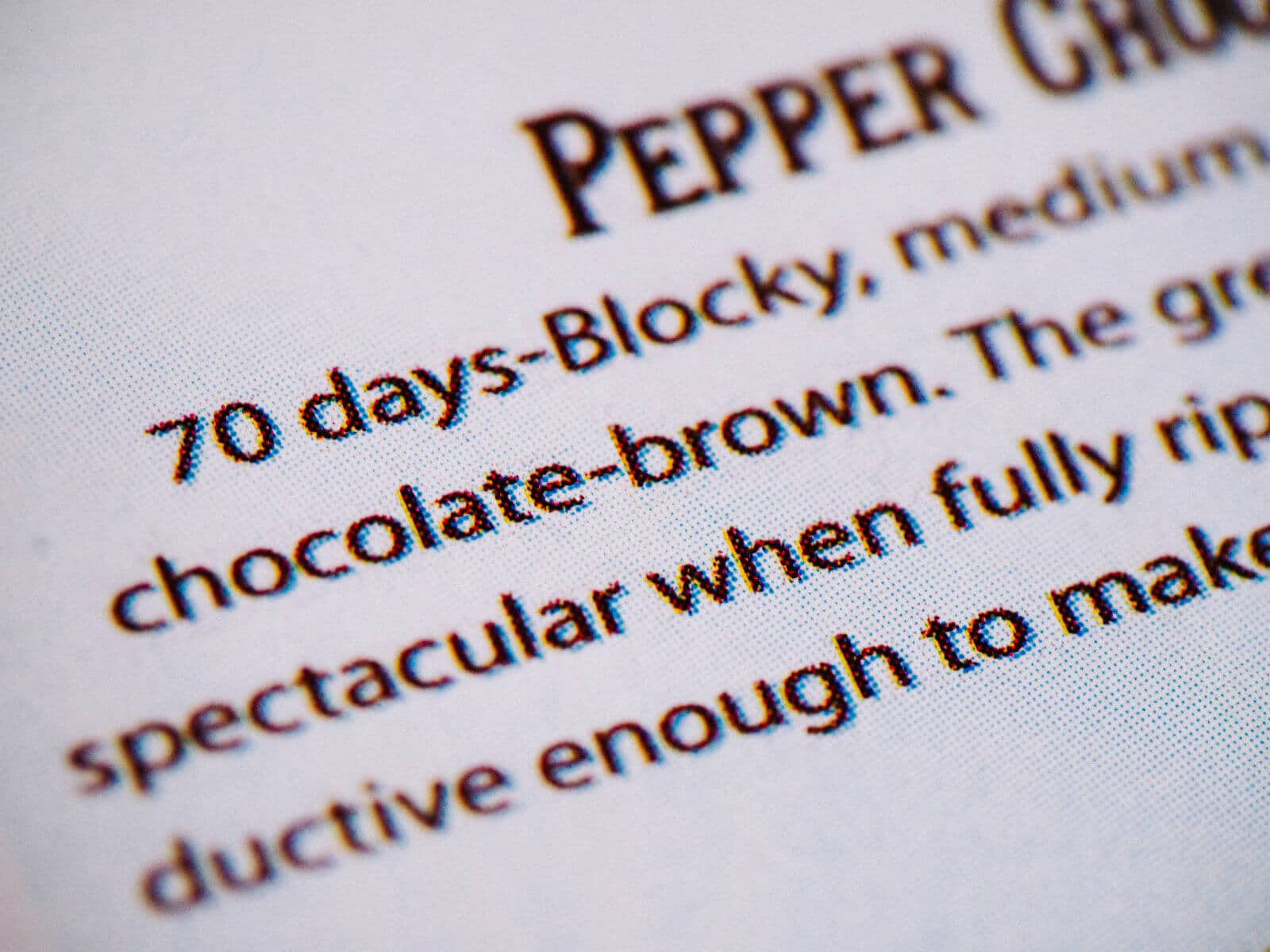
When do you start counting the days?
This is where things start getting tricky.
Some seed catalogs and seed packets are self-explanatory and will list days to maturity from seed, or days to maturity from transplant.
Many others, however, list only the days—which leaves you to wonder whether you start counting from the date you sowed the seed, the date the seed sprouted, or the date you set the transplant in the garden.
With little other information, one can assume that days to maturity refers to how the seed is started.
For seeds that are usually sowed directly in the soil, like corn and radishes, time to maturity is measured from the day the seed germinates to the day the plant is harvested.
For seeds that are usually started indoors first and then planted in the garden, like tomatoes and peppers, time to maturity is measured from the day you transplant the seedlings in the soil to the day you pick the first ripe fruit.
Even then, the timing can vary widely because one person might sow their seeds earlier, when the soil is cooler and day length is shorter, while another person might start their seeds later under more favorable conditions.
Related: Find First and Last Frost Dates Accurately with This Custom Planting Calendar
And that leads to another important factor that affects days to maturity…
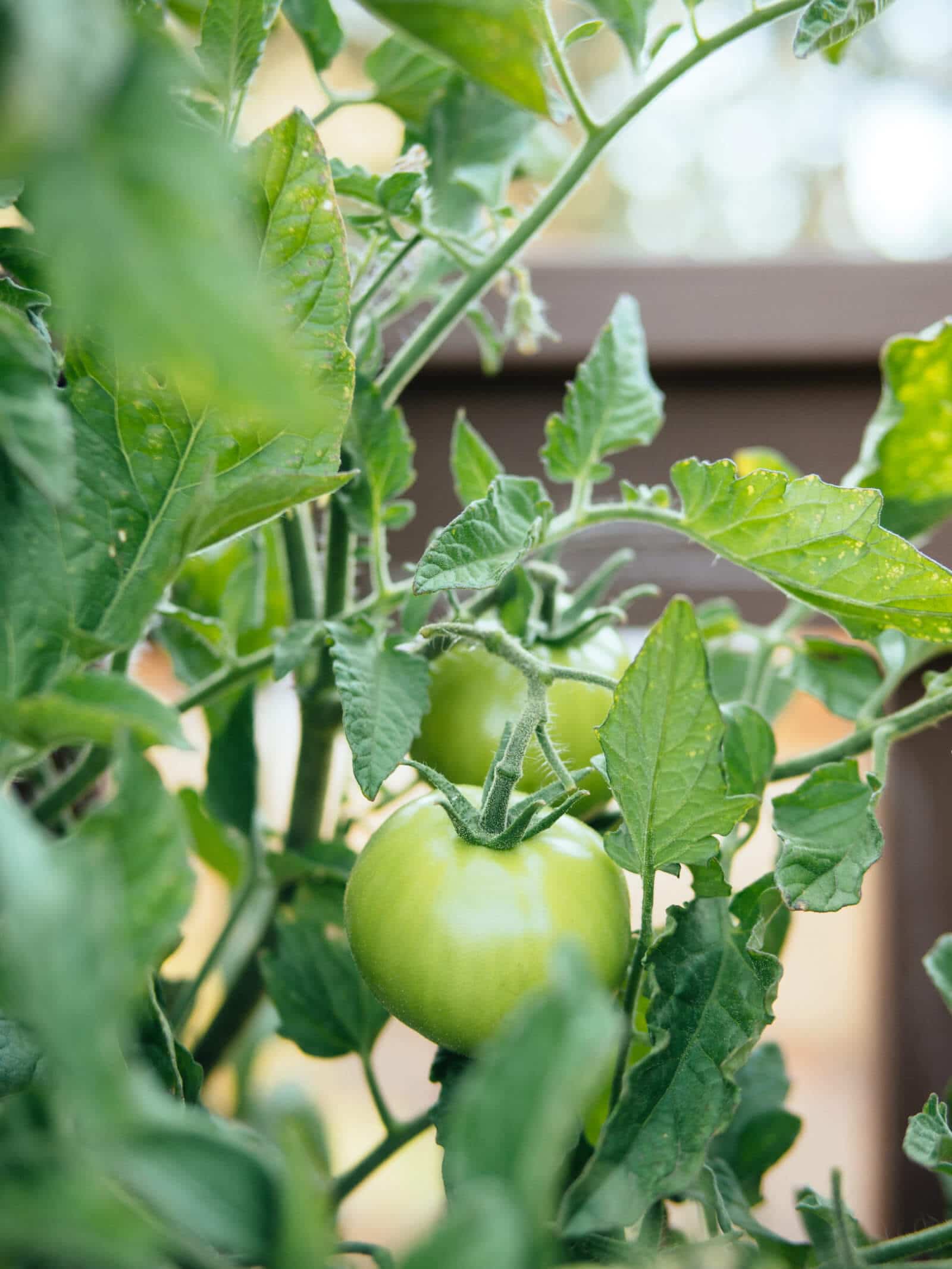
Day length can throw those numbers off.
Certain cool-weather crops, like radishes, carrots, cabbage, and peas, can be sown in spring or fall.
But while these plants grow quickly in spring, they tend to take their sweet time in fall as the amount of sunlight each day starts to shrink. (Not to mention the sun being lower on the horizon and possibly hitting less of your garden.)
If you’re hoping to harvest them before freezing weather arrives, be sure to add at least a week or two to their suggested “days to maturity” to account for less available light.
Temperature matters.
The time it takes from seed (or transplant) to harvest will differ between different growing regions.
Seed packets list only one “days to maturity,” whether they’re sold in zone 6 or zone 9. But the warmer spring weather and longer growing season of zone 9 means that tomatoes will ripen sooner there than they will in zone 6.
Some years, a warm-weather crop may take longer to reach maturity because of unusually cool weather, and a cool-weather crop may stall and bolt before reaching maturity because of unusually warm weather.
These common variations in days to maturity are directly affected by a heat accumulation index called Growing Degree Days (or GDD).
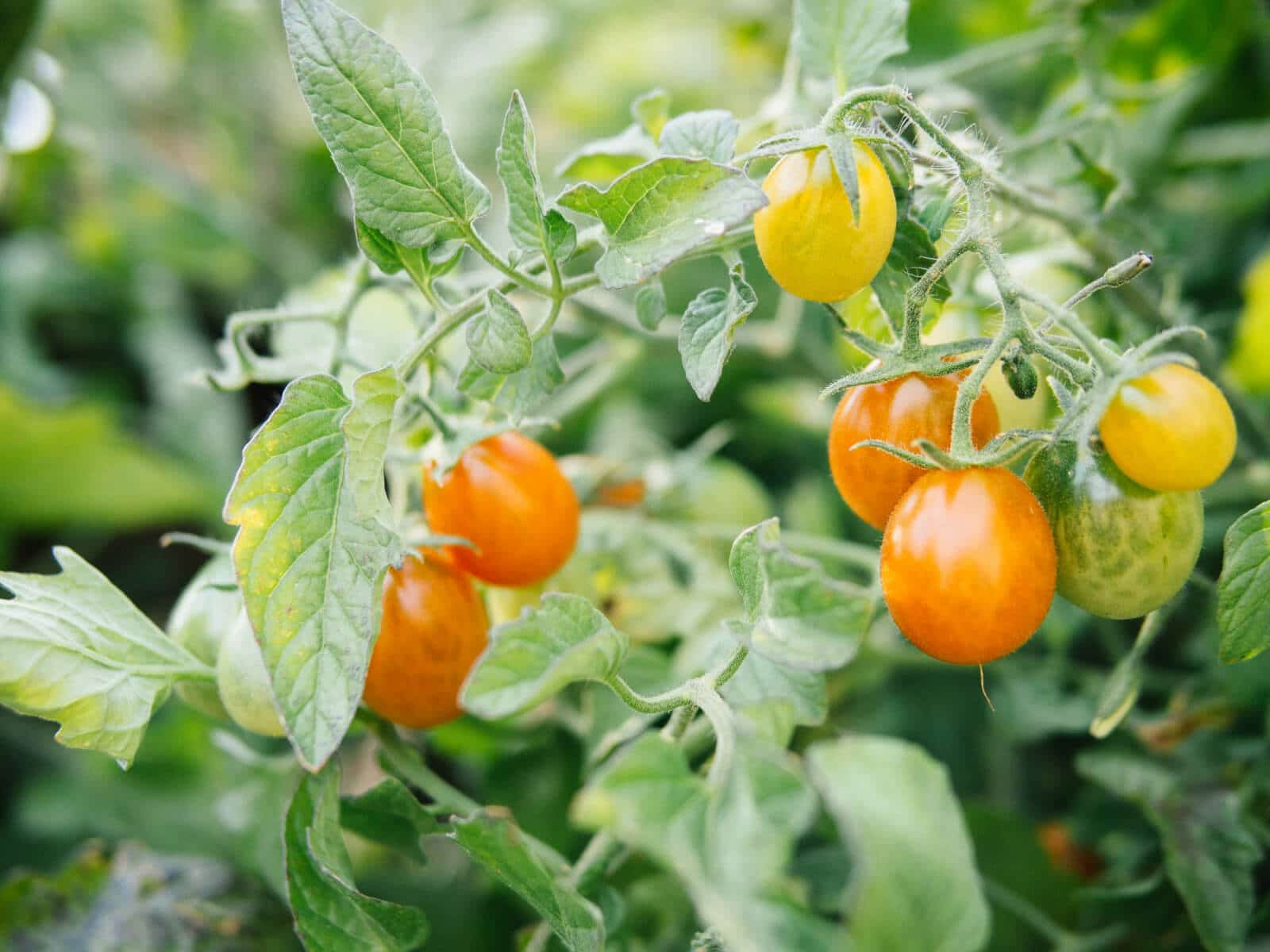
What are Growing Degree Days?
Growing Degree Days are used in agriculture to determine when a crop will reach maturity. Each day’s GDD is calculated by subtracting a base temperature (which varies by plant species) from the daily mean temperature, with negative values recorded as zero.
For the math geeks out there:
GDD = (High Temperature + Low Temperature) / 2 – Base Temperature
The base temperature for a plant is the temperature at which any significant development slows or stops.
Tomatoes, for example, have a base temperature of 50°F. They do not grow at temperatures below 50°F, and they need 1,300 to 1,700 GDD to ripen (depending on cultivar).
Knowing this, you can effectively predict how many days it will take for a tomato plant to mature in your garden, in your climate, during the growing season.
While GDD is primarily used to predict plant development in commodity crops like corn, wheat, and soybeans, it can be computed for any crop using local weather information.
Temperature is just one part of the whole picture, however.
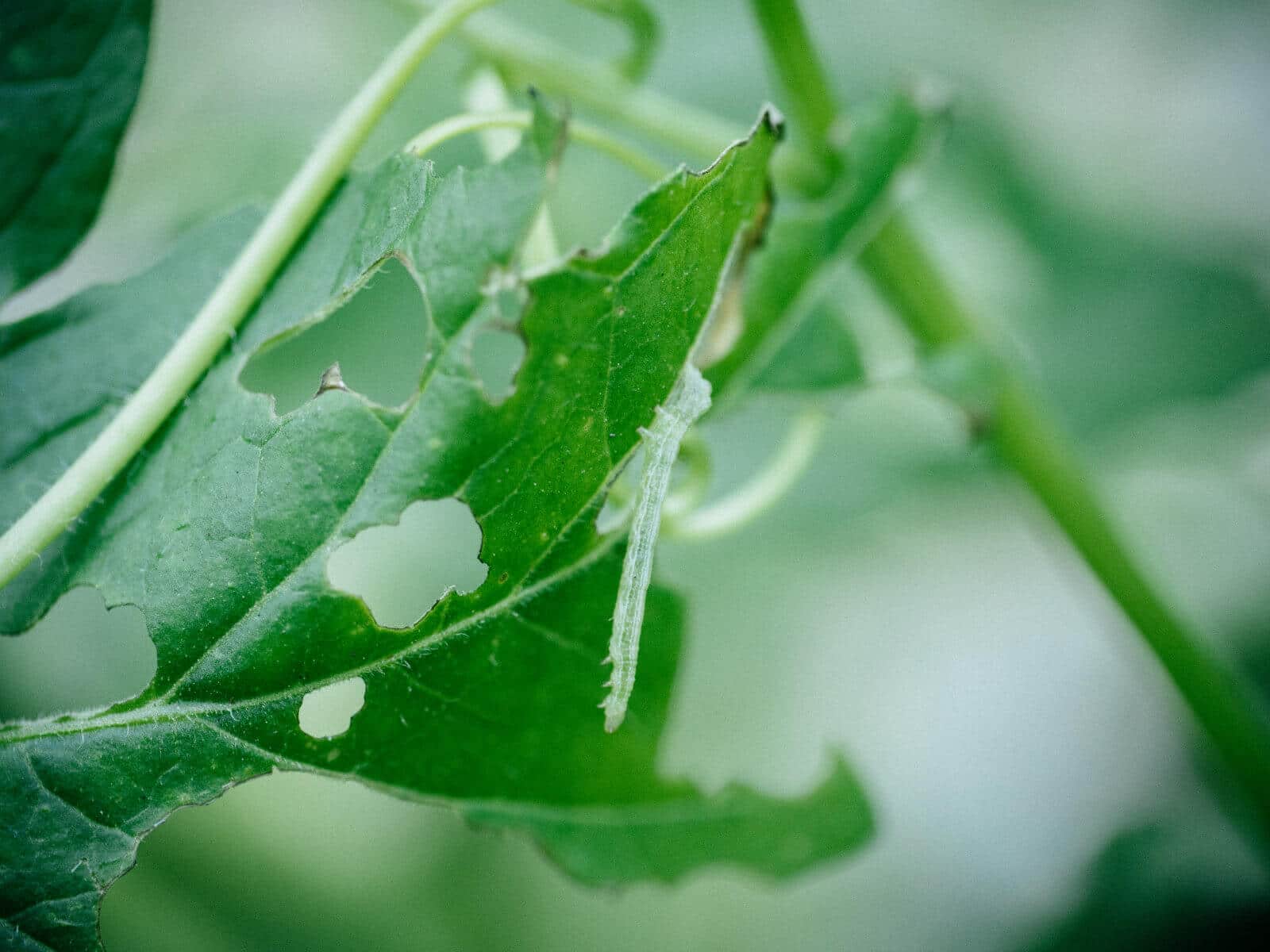
Environmental stressors can also affect days to maturity.
Rain, drought, pests, over-fertilizing, and under-fertilizing all play a role in how quickly a plant reaches maturity.
Combined with the wide range of climate zones in the country, it makes you wonder how useful the “days to maturity” label actually is when there are so many variables involved.
But—and this might be surprising to you—knowing this number can help you select seeds, plan your garden, and be a better gardener.
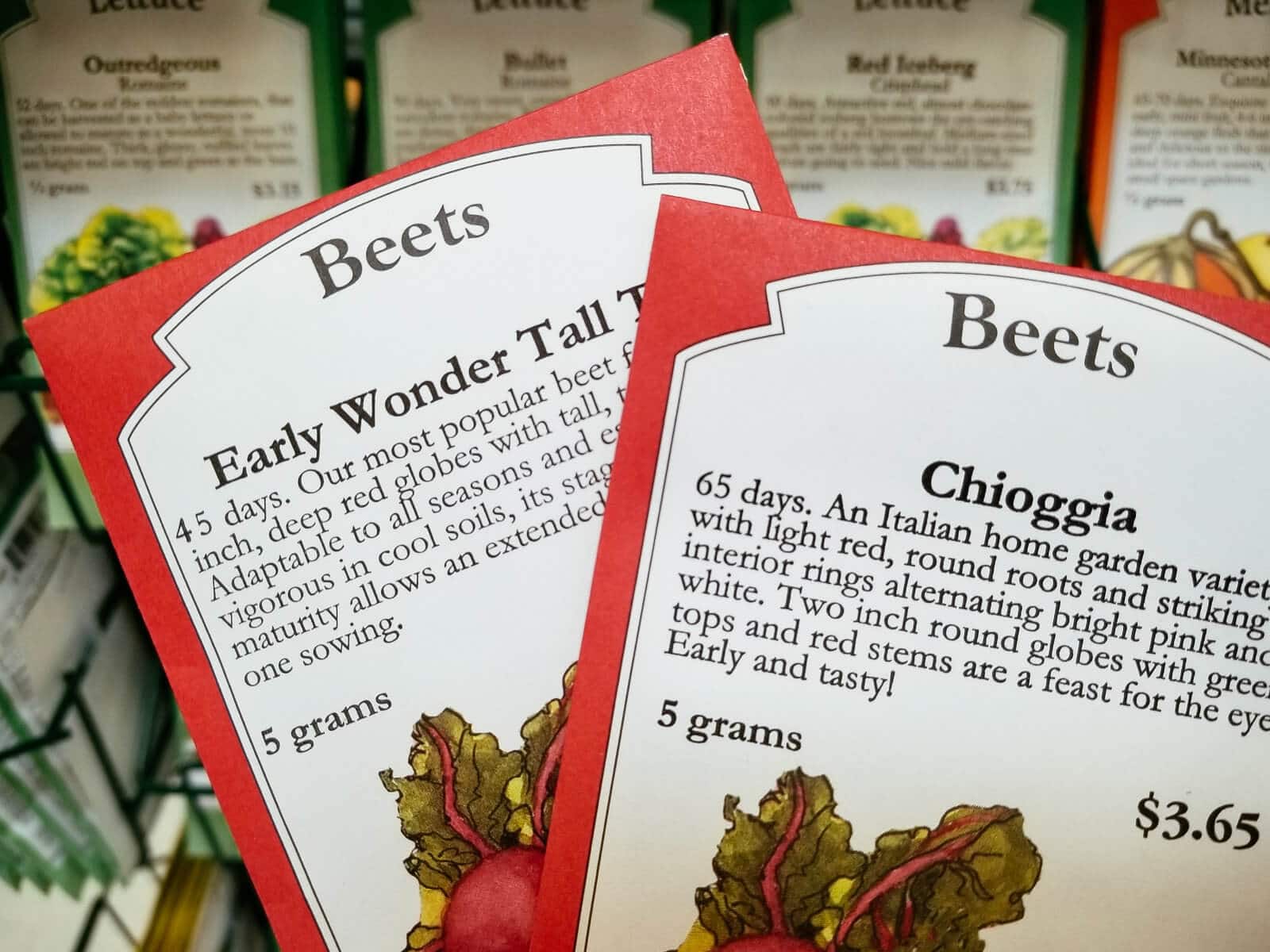
How to use “days to maturity” to help you be a better gardener.
By knowing how long it roughly takes for a plant to mature, you can use days to maturity on a seed packet as a guide to compare different varieties of the same vegetable you want to grow.
Disclosure: If you shop from my article or make a purchase through one of my links, I may receive commissions on some of the products I recommend.
For example, if you’re trying to maximize your tomato crop yield, you may come across indeterminate varieties like Early Girl (50 days), Sun Gold (57 days), Green Zebra (75 days), and Beefsteak (96 days).
While these values will differ across climate zones, Green Zebras will always be ready for harvest before Beefsteak tomatoes, no matter where you live.
If you have a short growing season, it’s worth looking into early cultivars (Early Girl) or cherry varieties (Sun Gold), as they’ll ripen a full month before larger slicing tomatoes like Beefsteak, giving you a good harvest before frost sets in.
On the other hand, if you know that it takes 120 days for Pink Banana squash to mature, you can pass on that variety and choose a winter squash that’s more likely to succeed in your climate (like Table King acorn squash, an early maturing variety that takes 80 days).
But if you really wanted to try Pink Banana squash (or any long-season vegetable) in a northern climate, you’ll know that you need to start those seeds indoors to give them a jump on the growing season.
Days to maturity will help you determine how soon you need to start seeds, as well as how many succession plantings are possible in your climate before the weather turns too cold or too hot.
Go with varieties that work well in your garden, save those seeds, and grow them again year after year.
Future plants will acclimate to your local conditions over time, allowing you to calculate a more accurate days to maturity for each variety you grow.
Get More Help with Selecting Seeds
Read on for help on unraveling the other mysteries of seed selection for your garden.
Decoding Your Garden Seed Catalogs
What's the difference between OP versus F1 seed? Or scarification versus stratification? What are all those weird letters listed in the tomato descriptions? If you're new to seed shopping, here’s the full rundown of what you might encounter in a garden seed catalog and what it all means.
The Stories Behind Heirloom Seeds
The beauty of heirloom seeds are the stories they come with, from humble beginnings in your grandparents' garden to grand tales of traversing the open seas a hundred years ago in search of a new life. Learn why heirloom seeds are so important in horticultural history and how they promote biodiversity.
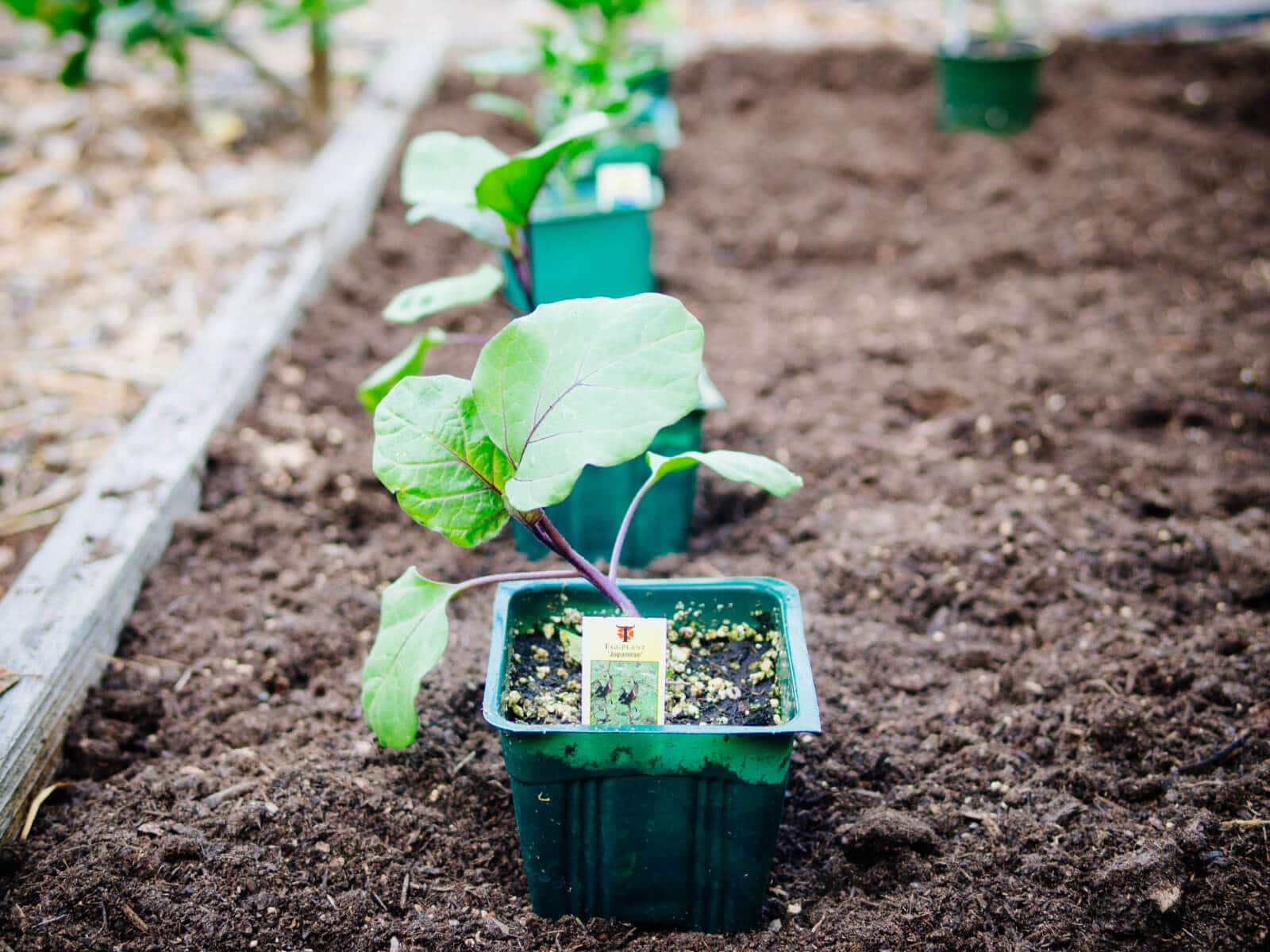
A note on “days to maturity” for a vegetable start.
Days to maturity aren’t just listed on seed packets. They’re also found on plant markers that come with vegetable seedlings and starts at the nursery.
I admit, this is a weird one.
Do you start counting from the day you buy the plant or the day the seed was started by the grower?
It’s hard to get a consensus since nurseries themselves might not even know (unless they started the seeds in their greenhouse and know what stage the plants are at).
But, a generally accepted answer is that the countdown begins from the day you transplant the seedling in your garden (the same way it applies for transplants you started indoors yourself).
When you’re ready to start your seeds:
- How Much to Plant in a Vegetable Garden to Feed a Family
- Seed Starting Supplies on the Cheap: Scouring the Dollar Store
- Seed Starting Containers You Already Have Around the House
- How to Make Recycled Newspaper Pots for Seed Starting
- How to Make Your Own Seed Starting (and Potting) Mix
- The No-Brainer Guide to Starting Seeds Indoors
This post updated from an article that originally appeared on January 28, 2019.
View the Web Story on what days to maturity means on seed packets.


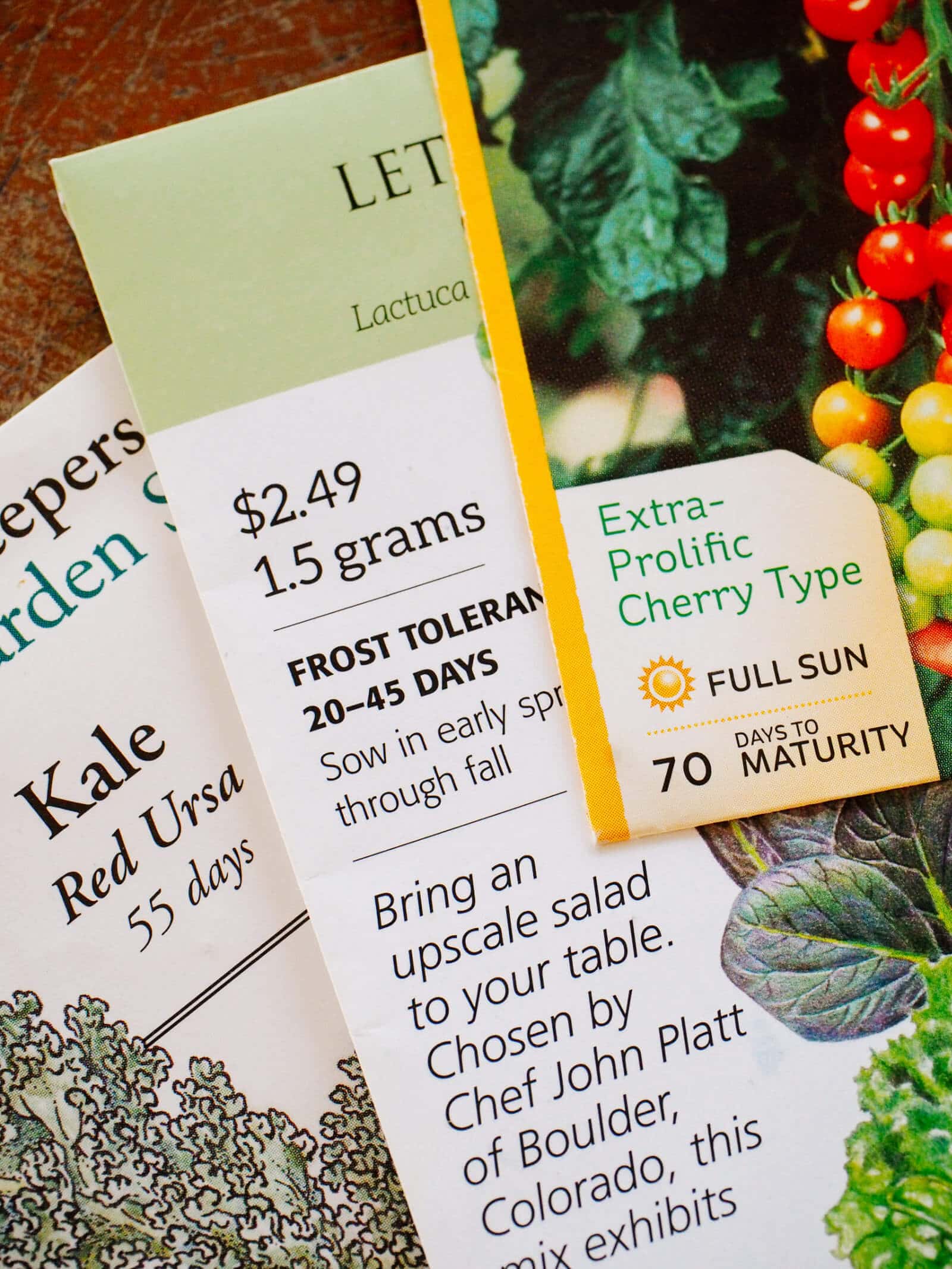
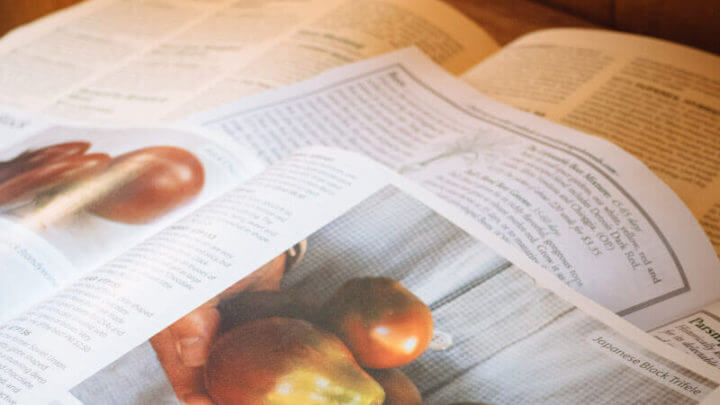














Your article about days to maturity is so timely for me. I just never paid much attention before. But this year, I planted 5 varieties of cabbage and am seeing the great difference in the maturity of the heads and when I can cut a cabbage to eat. We eat a lot of cabbage. I make a batch of sauerkraut every two weeks and every night we eat a salad that has a cabbage base. I have one cabbage that is almost ready to cut and it is already July 14. Next year I will choose some cabbage seeds that have a much earlier maturity date. I am 85 and still learning! Thank you for your expert advice! Oh, BTW, do you think it is worth it to cut the cabbage high and leave some leaves so that the plant will grow some babies or just take it out and replace with some cabbage seedlings I have been growing? I live very near lake Michigan in Holland Michigan.
Good article. That always threw me off too..Seed instructions are too vague about how Exactly it should be calculated. Thank you for letting me know I am not the only one confused by this
Very interesting. You mention that tomatoes require 1300-1700 GDD to ripen…do you have a reference for this data? I have been trying to find GDD values for various vegetables but am struggling.
GDD = (High Temperature “+” Low Temperature) / 2 – Base Temperature
Thanks for catching that Derek! It was a mistype on my part and has been corrected.
Thanks for the info. I’ve been wondering about this as I’ve been transplanting some seedlings into my garden. Very helpful, despite the inherent uncertainties.
You’re welcome!
It’s interesting that you say, when it comes to vegetable seeds harvest time that, “ time to maturity is measured from the day the seed germinates to the day the plant is harvested” , and yet on the Botanical Interests they say in the Gardening Terms glossary “Days to Harvest” means , “ Number of days from sowing (or transplant) to harvest.” – sowing means placing the seeds in the soil – right?
Very confusing! So what’s right? (Ferry Morse says you add the germination time and harvest time as you said.)
Yes, very confusing since sowing and transplanting are two totally different things! I’m assuming Botanical Interests is giving a general definition of what “Days to Harvest” means for their seeds, and that it depends on the type of plant grown. (See my earlier points in this post about seeds that are typically direct-sowed vs. seeds that are started indoors first.)
Nice article, Linda. I apologize if the definition was confusing. When we mean “days from transplant” we write that out on the seed packet (e.g. tomatoes and peppers) otherwise, the industry standard is from sowing. As you mentioned, climate plays a big part in that though. DTM is the consumer version of Growing Degree Days (GDD) which farmers use (mostly commodity farmers) in conjunction with figuring out daily climate averages so they can predict their harvest. Commodity crops (soy, dent corn, sunflowers) are much more precisely studied, and on the other end of that flowers are rarely studied (not a high-dollar industry or govt. funding). I would also like to mention that daylight also plays a role. When you sow for a fall harvest it is a good practice to add a week or two to the days to maturity because the days are shorter and plants grow more slowly.
Please, always feel free to reach out to us for questions.
Here in the Phoenix area I’ve found that the number is always much smaller than real days to maturity. My partner and I joke that it’s a misprint and should say Weeks to Maturity instead.
My theory is that it’s due to hours of sunshine. Seasons with appropriate temperatures here correspond with shorter days than standard summers elsewhere, so even though the temps are right for growth the amount of daily sun is not and it takes longer to grow.
“Weeks to maturity”… haha, true that! 😉
After all this time, how did I not know this? I thought it was from the day you pop the seed in the dirt. Thanks for the great info!
You’re welcome! I used to think the same! (Why don’t more seed companies clarify this on their packets?!)
Thank you for this! I’ve wondered about it for years. It confirms some things I’ve gathered through experience, but I hadn’t factored in other points like heat/cold temperatures, etc.
We’re in Oregon’s Coast Range, so I do most of my planting in a greenhouse now. This still applies to greenhouse planting.
It’s definitely a little confusing, especially when you factor in temperature and daylight. The short and unpredictable growing season where I am in Central Oregon now is tricky!